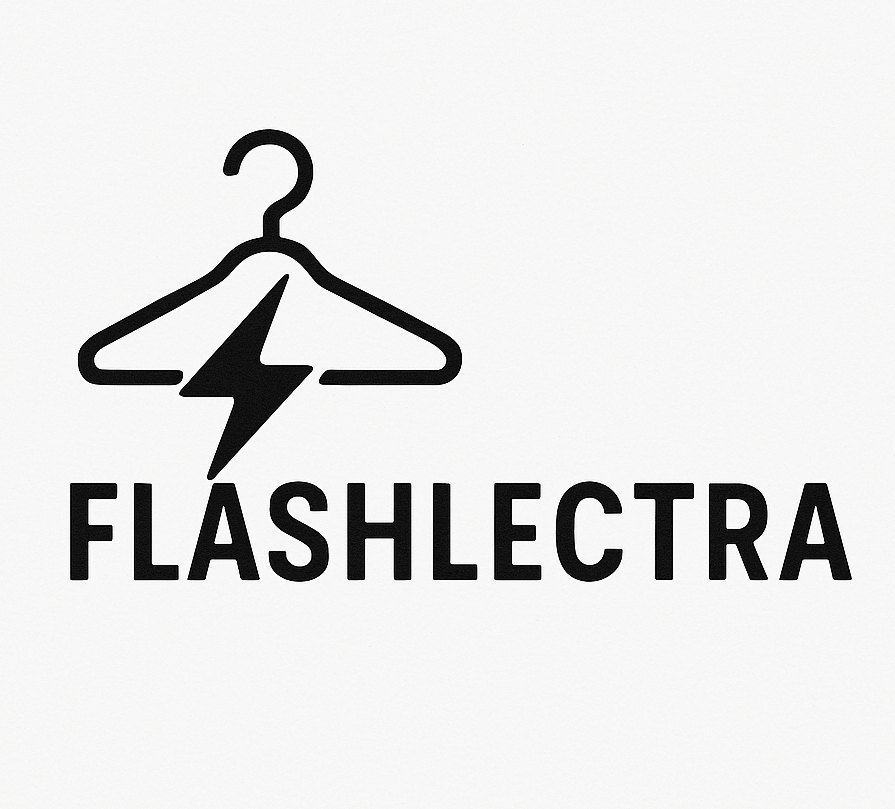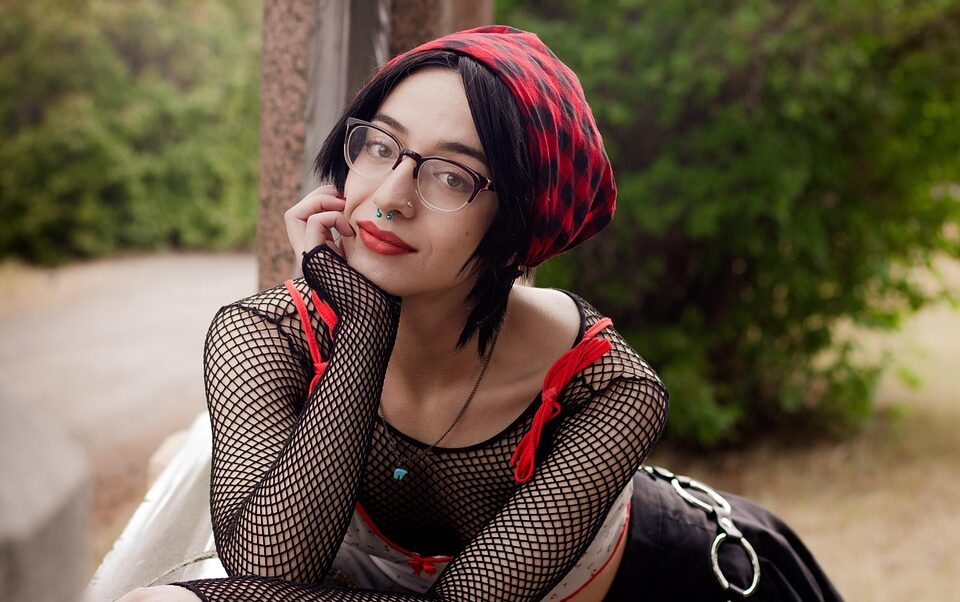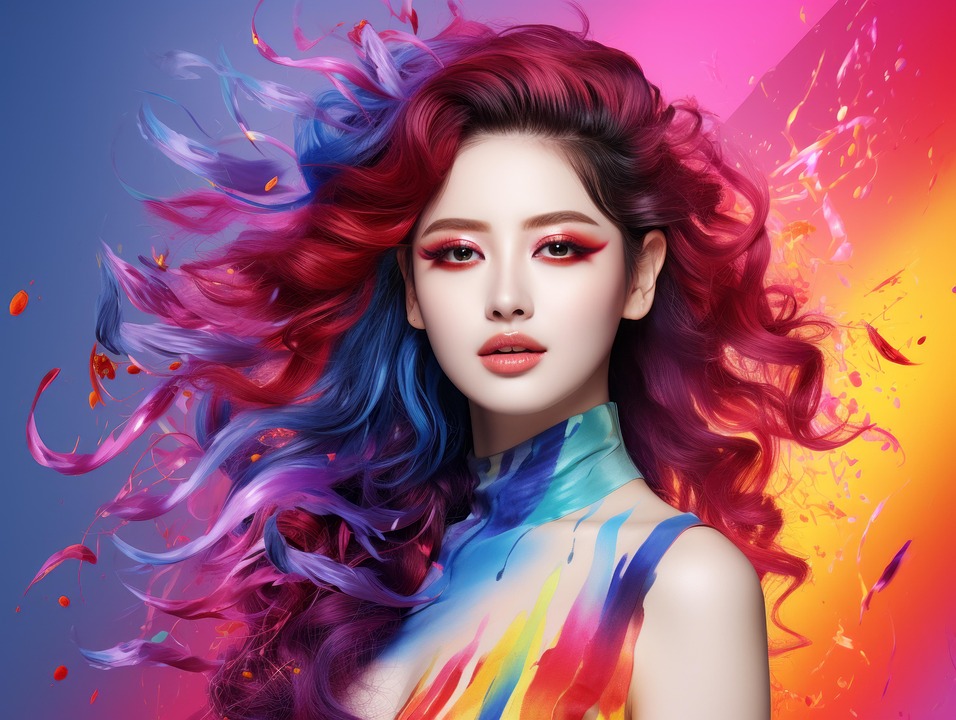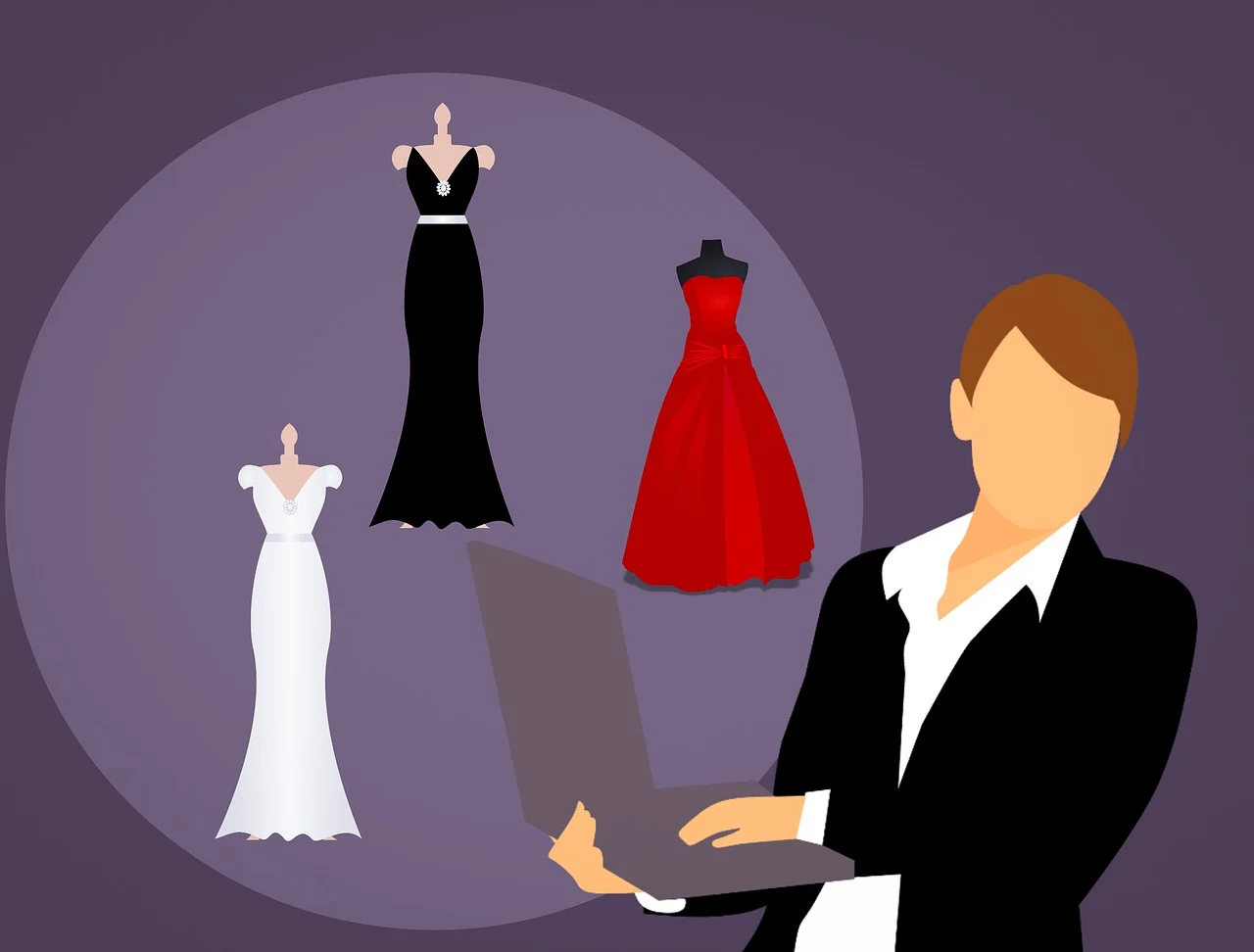What is Punk Fashion is further than just a style—it’s an attitude, a rebellion, and a cultural statement that has shaped alternative style for decades. Originating in the 1970s alongside the punk rock music scene, punk fashion has evolved into an iconic expression of individuality, defiance, and anti-establishment beliefs. With its bold colors, edgy details, and unconventional outlines, punk fashion continues to inspire designers, celebrities, and streetwear lovers worldwide.
The Origin and History of What is Punk Fashion?
Punk fashion surfaced in the mid-1970s in the United Kingdom and the United States as a visual representation of punk rock music and its rebellious morality. Bands like The Sex Pistols, The Clash, and Ramones shaped the aesthetic, which challenged the polished mainstream looks of the time.
It was about rejecting societal morals, embracing DIY creativity, and transferring a bold message through clothing. Early punk outfits were frequently customized with safety pins, ripped fabrics, and band patches to symbolize anti-consumerism and freedom of expression.
Key Characteristics of What is Punk Fashion?
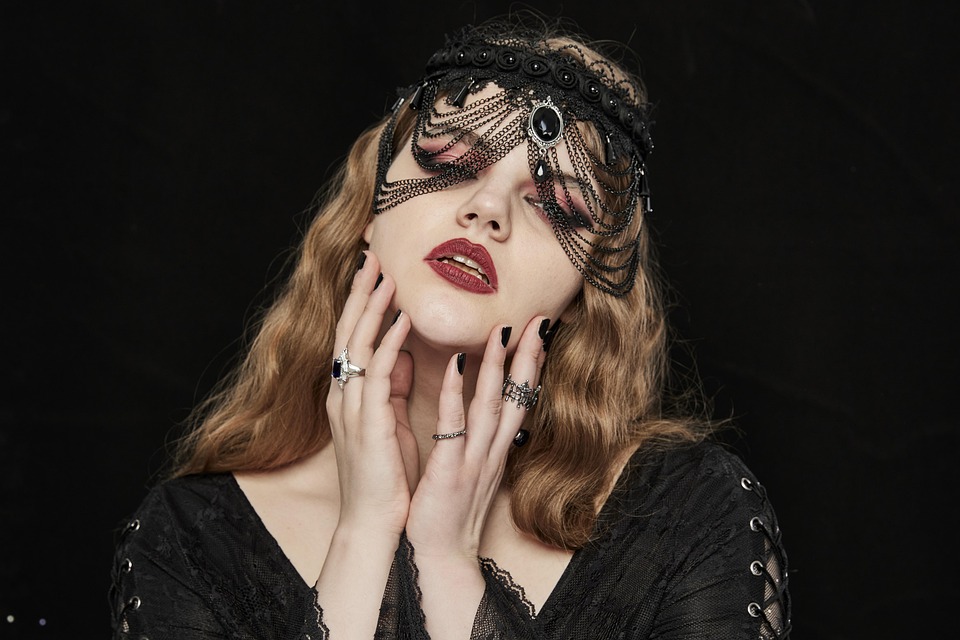
What is Punk Fashion? is instantly recognizable because of its striking and daring elements.
| Punk Element | Description | Style Impact |
|---|---|---|
| Leather Jackets | Often studded or painted with taglines | Adds durability and rebellion |
| Ripped Denim | Torn jeans and jackets | Symbol of anti-conformity |
| Plaid Prints | Tartan skirts, pants, or shirts | British working-class roots |
| Studs & Spikes | On belts, jackets, or accessories | Adds aggression and edge |
| DIY Customization | Painted jackets, pins, patches | Shows individuality |
Punk fashion is less about following a fixed rulebook and more about breaking the rules entirely.
The Cultural Impact of Punk Fashion
Punk fashion wasn’t just about clothing—it was a statement against the status quo. It stood for political resistance, anti-capitalism, and freedom from conformity. The fashion often carried strong messages about social justice, class inequality, and government criticism.
As punk spread globally, it influenced other styles like goth, grunge, and emo, leaving an undeniable mark on the fashion industry. Designers such as Vivienne Westwood played a huge role in bringing punk into the limelight while preserving its rebellious essence.
Different Styles of What is Punk Fashion?
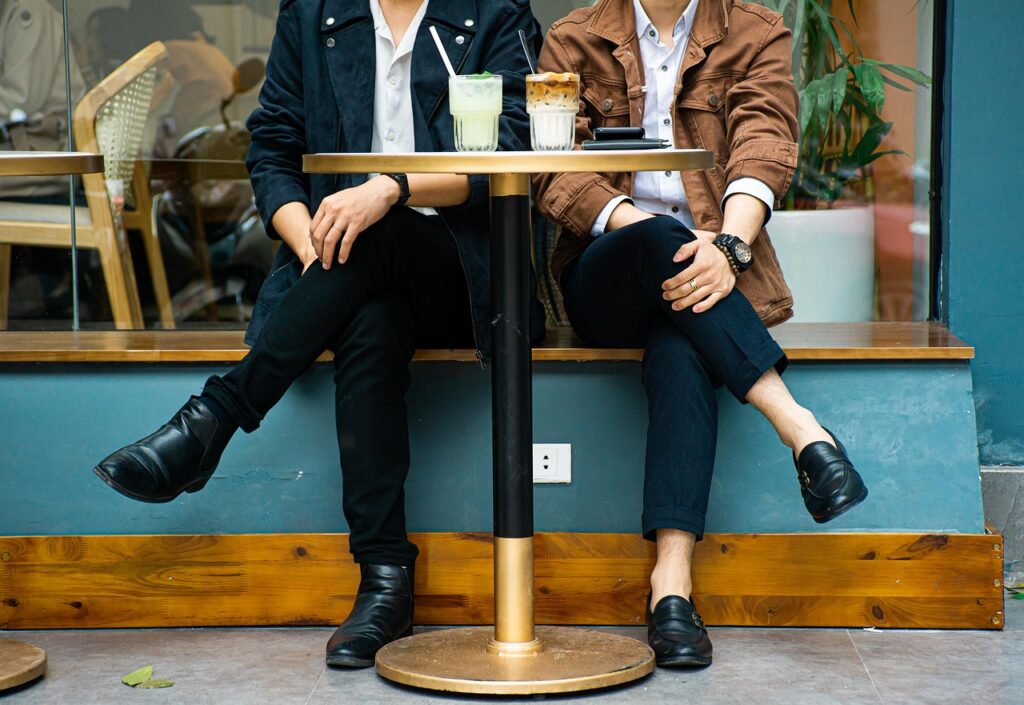
While punk fashion has a shared rebellious core, it branches into several substyles, each with its own identity.
Classic Punk Style
This is the original punk look from the 1970s, featuring safety pins, leather jackets, ripped jeans, band tees, and spiked hair. It’s raw, bold, and unapologetic.
Glam Punk Style
Blending punk rebellion with glam rock’s flamboyance, glam punk often features sequins, bold makeup, and metallic fabrics while keeping punk’s edgy details.
Hardcore Punk Style
Hardcore punk is more aggressive in both music and fashion. Outfits often include heavy boots, camo pants, and minimal embellishments, reflecting a no-nonsense attitude.
Pop Punk Style
Popularized in the 1990s and 2000s by bands like Green Day and Blink-182, pop punk is a softer, more colorful interpretation of punk fashion. It incorporates skinny jeans, band merch, and skate shoes.
Modern Interpretations of Punk Fashion
Today’s punk fashion mixes vintage elements with high fashion. Designers frequently adapt punk details into runway collections, blending rebellion with luxury.
Celebrities like Billie Eilish, Machine Gun Kelly, and Cara Delevingne have brought punk-inspired outfits to red carpets, showing how versatile and influential the style remains. Social media platforms, particularly Instagram and TikTok, have also fueled a revival of DIY punk fashion tutorials, making the aesthetic more accessible than ever.
How to Wear Punk Fashion in Everyday Life
You don’t need to go full mohawk and leather jacket to channel punk vibes. Subtle punk elements can be incorporated into your wardrobe for a modern, wearable look.
- Add a studded belt or spiked bracelet for a punk edge.
- Pair ripped jeans with a band tee for casual punk vibes.
- Layer a plaid shirt over basic outfits for a grunge-punk blend.
- Customize jackets with patches or pins to express your personality.
The key is to maintain authenticity and confidence—punk is all about self-expression.
The Benefits of Embracing What is Punk Fashion?
Punk fashion isn’t just about looking cool; it offers deeper benefits.
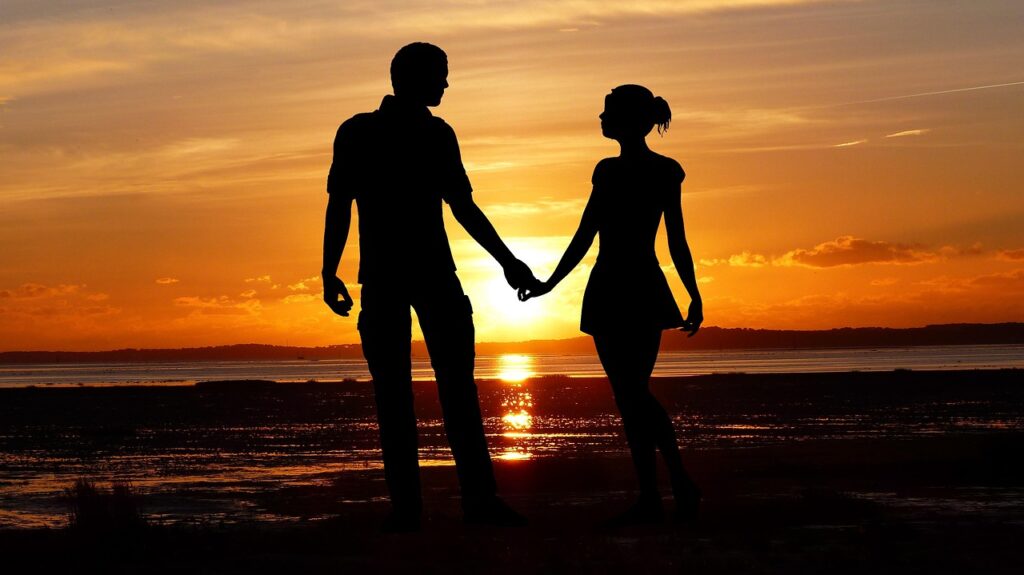
Self-Expression and Individuality
Punk fashion allows people to stand out from the crowd and showcase their beliefs, creativity, and personality through clothing.
Confidence Boost
Wearing bold punk pieces can make you feel more fearless and empowered, encouraging you to embrace your unique identity.
Cultural Connection
By adopting punk fashion, you connect with a rich cultural history of resistance, music, and art that continues to inspire new generations.
Sustainability Through DIY
The DIY nature of punk fashion promotes upcycling and reusing clothing, making it a sustainable alternative to fast fashion trends.
Final Thoughts on What is Punk Fashion?
Punk fashion is a timeless symbol of rebellion, creativity, and freedom. Whether you choose a subtle nod to the style or embrace it completely, punk fashion empowers you to express yourself without limits. It’s not just clothing—it’s a lifestyle, a movement, and a reminder that fashion can be both personal and political.
By understanding What is Punk Fashion?, where it came from, and how it continues to impact modern style, you can decide how to make this fearless trend your own. Wear it loud, wear it proud, and above all—wear it your way.
